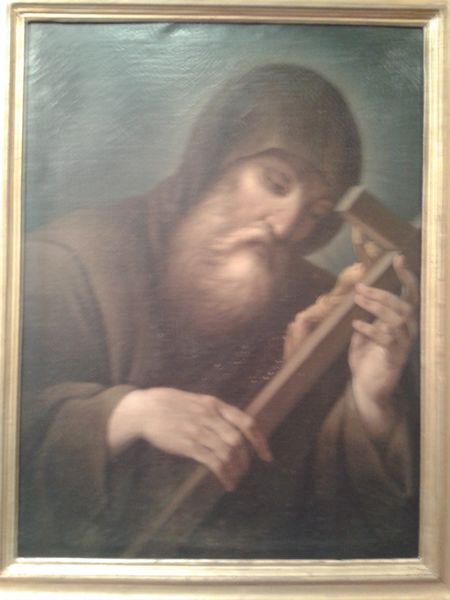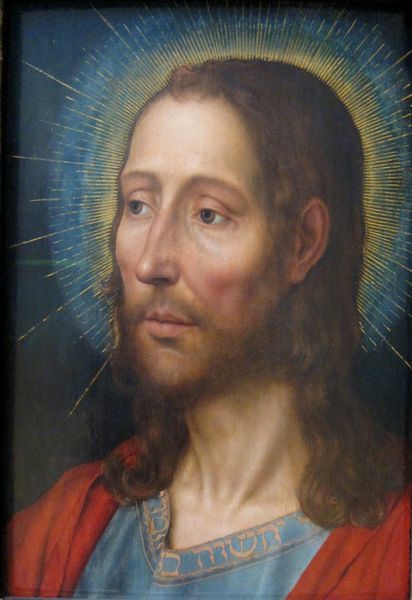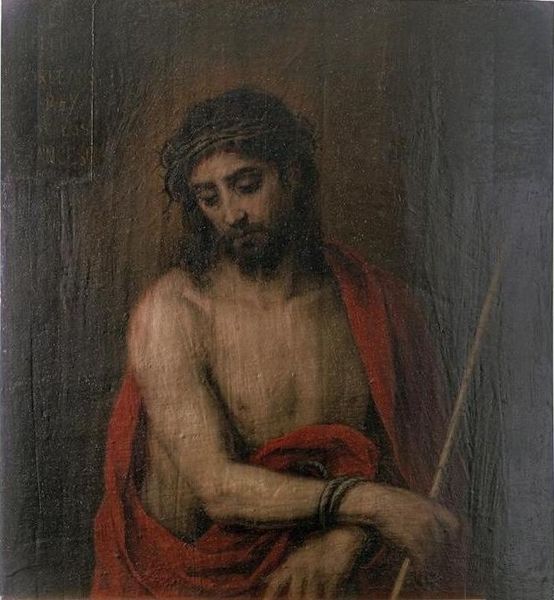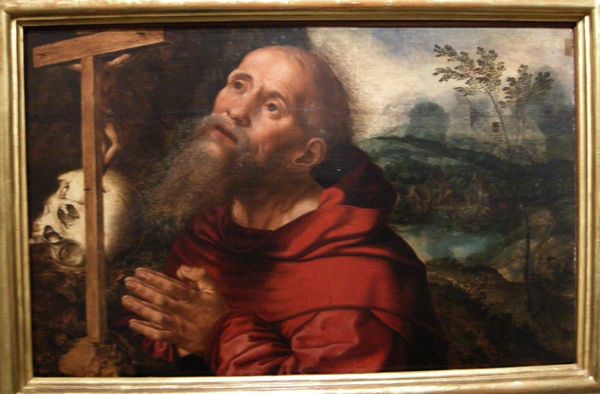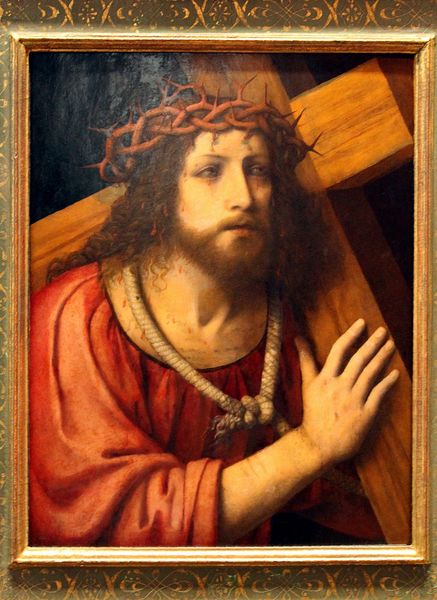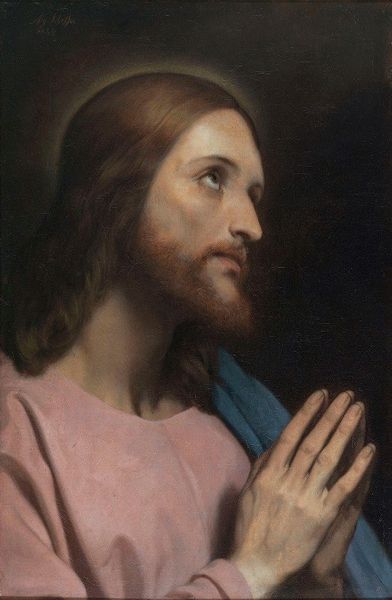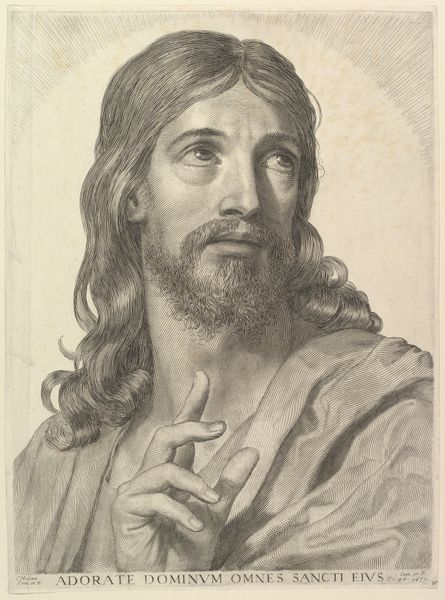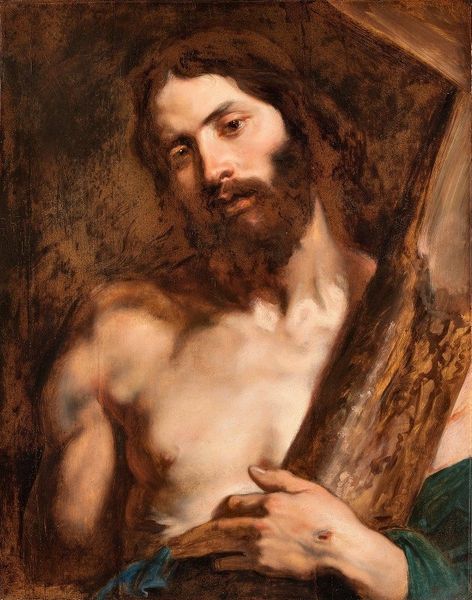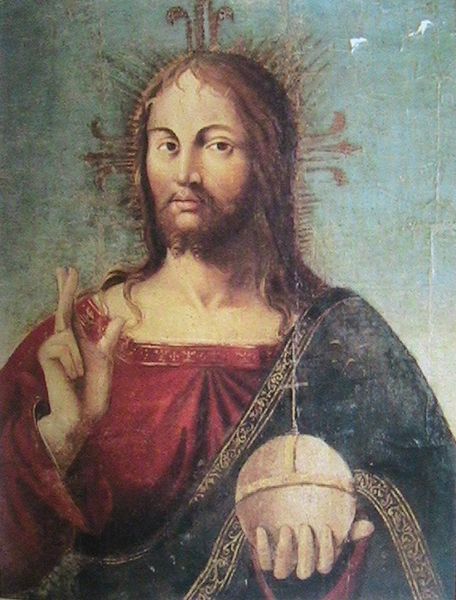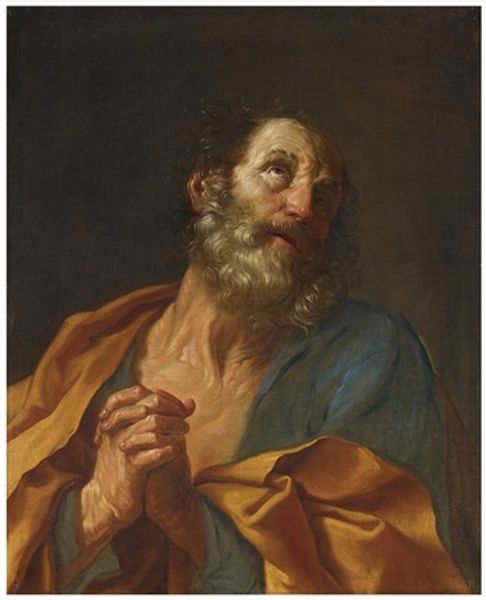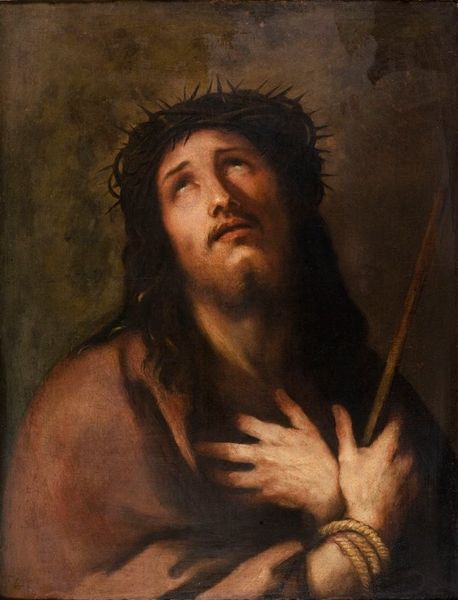
painting, oil-paint
#
portrait
#
baroque
#
painting
#
oil-paint
#
figuration
#
oil painting
#
history-painting
Copyright: Public domain
Editor: This is Placido Costanzi’s "San Bartolomeo", an oil painting likely from the Baroque period. He has this really intense gaze upwards, and he's holding a knife, which feels ominous. What can you tell me about the historical context surrounding depictions of this saint? Curator: The visual depiction of Saint Bartholomew holding a knife is inherently tied to the narrative of his martyrdom – he was purportedly skinned alive. Consider how this image would function within a religious institution during the Baroque era. How does it serve the didactic purpose of the Church? Editor: Well, seeing this image in a church, or commissioned by the Church, makes sense. The knife symbolizes his martyrdom, obviously, but is also maybe supposed to inspire devotion in the viewers, through shock? Curator: Exactly. The painting becomes a tool, doesn't it? Not merely to illustrate, but to actively encourage certain behaviours or feelings in its audience. Also, observe his gaze upwards. What does that communicate? Editor: Hope? He is still looking towards heaven despite holding the instrument of his torture. I guess Baroque art was often intended to communicate complex emotional and religious ideas very vividly. Curator: Precisely. Artists like Costanzi played a critical role in shaping popular understanding of religious figures and reinforcing the Church's power, even through violent imagery. Think about where such paintings would be displayed and for whom; it certainly impacts the painting’s purpose. Editor: It's interesting to think about the power dynamics at play - the Church commissioning art to influence its followers! Curator: And understanding that influence is crucial for truly appreciating art from this period. Editor: It does change my view on the painting. Thanks for pointing out those elements.
Comments
No comments
Be the first to comment and join the conversation on the ultimate creative platform.
